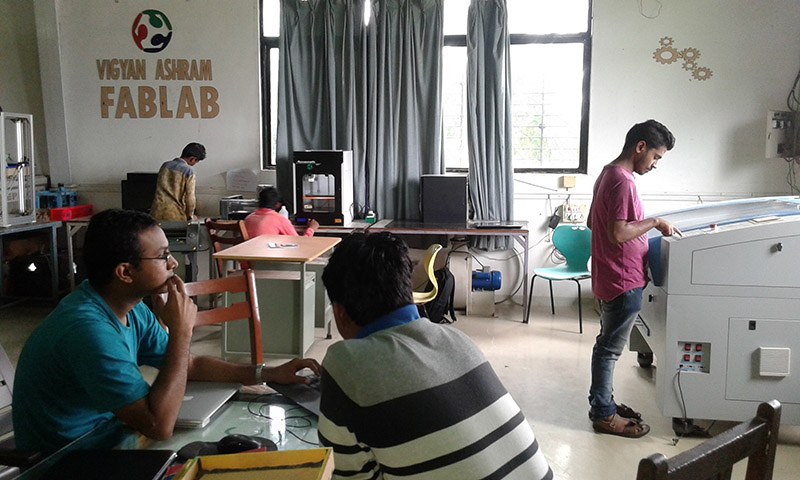The principle of a Fab Lab (fabrication laboratory) in a nutshell is this: to empower people of the world through an ability to make things, almost any things. They were first set up by MIT Professor, Neil Gershenfeld in 2001 and in the past 15 years the project has thrived – now covering every continent on the globe except Antarctica. According to the online data here there are 979 Fab Labs across the globe. This number has grown at an impressive rate. In January 2014 there were 186 Fab Labs, by June that year the number was 349 and then in July 2015 there were 547 Fab Labs listed. As the number reaches almost one thousand we take a brief look at the history of the project and take a look at some of the important ways they have contributed to communities. Fab Lab founder Neil Gershenfeld explains,
MIT can fit a few thousand people, out of a planet of a few billion. Wherever we open a Fab Lab, we’ve found that it attracts exactly the same profile of bright, inventive people.

Founded as community outreach project by MIT’s Center for Bits and Atoms (CBA). The first fab lab outside US was set up as part of Vigyan Ashram (meaning science hermitage) at a small village in India. 3DPI revisited the lab in May of this year, finding it was still in use by the community, and working on building a cost-effective prosthetic hand. The basic contents of such a fab lab includes:
- A 3D printer
- Laser cutter
- CNC machine
- Automated paper/vinyl cutter
- 3D Scanner
- Laser sintering machine
- Circuit boards
- CAD software
- PCs

One of the most astounding projects by a Fab Lab to date, is the community-created wireless network FabFi. Still in the wake of civil war, makers at the Jalalabad fab lab in Afghanistan sought to provide internet connectivity to amenities within the city. Community members received training for the project in January of 2009, and succeeded in setting up coverage for up to a 6km span of the source by the end of the year.

Habibi.works will be one of the newest fab labs to the list, and is expected to launch in November 2016. This remarkable lab will be set up in Northern Greece, and is giving refugees from around the world a chance to learn and share their skills alongside a local Greek community, in order to collaborate and improve the environment around them.
In general, Europe, particularly France and Spain, are the areas of the world most saturated with the outcrop of fab labs. With Italy also having a high number. With the recent crisis in Europe it would be nice to see more projects like Habibi.works being set up in areas of need, and I expect that may be a trend we see in the lead up to 1000. There are surprisingly few labs in Australia too at the moment, and I don’t assume that the continent, home to Gizmo 3D printers, will want to miss out on this next wave of technological revolution.
If you are part of a Fab Lab in your area, have visited a Fab Lab or are just interested in the project we’d love to hear more. Send us an email with “FAB LAB” in the subject line, or comment below about your experiences with Fab Labs and your thoughts on the project or about where you think the 1000th Fab Lab will open.
Featured image shows the home of FabFi in Jalalabad, Afghanistan. Photo via: ventureburn



